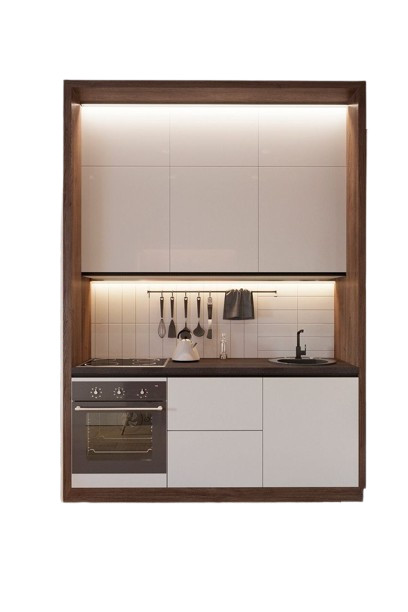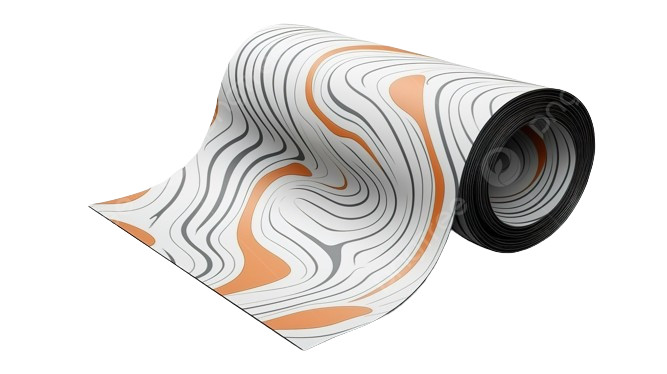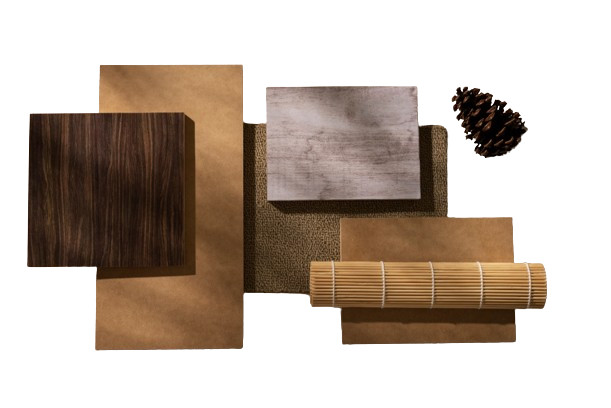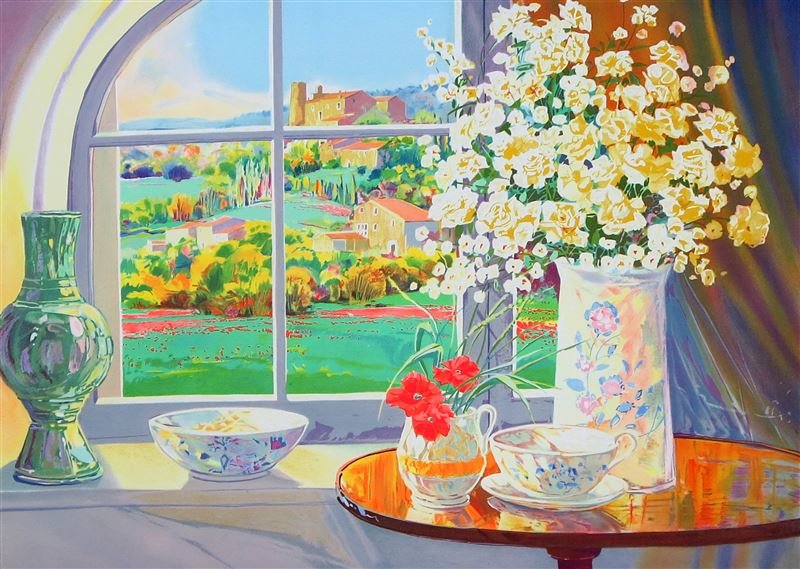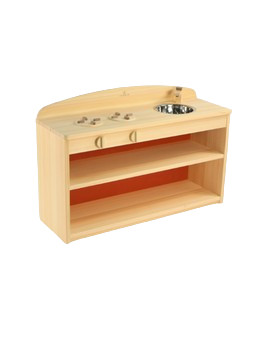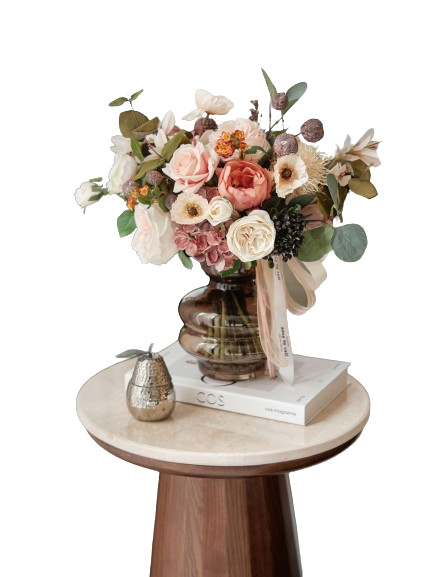WHAT'S SPECIAL AFTER A SHOJI DOOR?
When it comes to Japanese architecture, it is impossible not to recall the traditional Japanese door frames, which are both simple and full of art. The distinctiveness of the shoji door and the significance behind it has always been a source of pride for the Japanese people, alongside the development of modern architecture.
1. What exactly is a Shoji Door?
Shoji doors are a type of traditional Japanese sliding door that originated in China and were imported to Japan between the 7th and 8th centuries. The name "shoji" means "separator." At the time, the shoji door was just a fixed door covered with paper or cloth. However, in the 12th century, the Japanese developed the door in their style, designing it to be sliding and using a type of door. Glue paper is a unique type of paper.


Shoji doors are often used in Japanese architecture
This form of paper is commonly referred to as rice paper because it has an opaque white hue that resembles rice but is not created from rice at all; in Japan, it is referred to as washi. Traditional washi is manufactured from mulberry trees (Kozo) and shrubs (Mitsumata and Ganpi), and it is exceedingly expensive and rare due to its all-natural ingredients and handcrafted until the 1960s. This new type of paper is less expensive to replace chemical fiber.

The Shoji door frame is meticulously crafted
The door frame (Kumiko) is the final important material of the shoji; the construction of the shoji door is excellent in that it requires the least amount of materials (just two types are necessary); the remainder is how to lift the efficiency of each type. It has been discovered that by combining small pieces of wood, they grow considerably stronger and stronger. Wooden door frames are frequently fitted in basic geometric designs, which not only give them a sophisticated appearance but also make them stronger and better hold the paper.
2. What makes Shoji doors so popular?
A shoji door has numerous advantages that make it a popular choice. The reason for this is largely due to washi paper, which both provides privacy for the rooms and has a high aesthetic value. Washi paper keeps the room from feeling stuffy when closed by reflecting light from the garden, which, when paired with the unique design of the door frame, makes the light even more lovely. Because of this paper, when seclusion is required, the room will not be too dark; anyone outside or within will only see the reflected shadows.


The reflected sunshine from the door makes the room warmer and brighter
Japanese shoji door style has inspired renowned architects and designers throughout the world, including Frank Lloyd Wright, Bruno Taut, and Terence... Window panes To make the space brighter, the large area is covered with a Shoji screen; the natural reflectivity of the paper screen makes the inside of the room more light and expansive.
3. Specific characteristics of specific types of Shoji doors
- Yukimi Shoji


This is a sort of door used to watch the snow. The part below the door is constructed as a folding door, which can be quickly opened and folded when it is too hot to see the scenery. Even though it was cold, I could view the countryside outside from within. This is a nice idea so that everyone may enjoy the snowy environment while peacefully watching the white snow cover the ground.
- Kazari Shoji
This sort of door is constructed with ornamental details on the paper or frame; when the outdoor light shines on the door during the day or at night, the decorations become more vibrant.


A beautifully decorated Shoji door panel
- Four-parts Shoji
This door is divided into four sections, and each door frame cuts a different part of the same landscape, creating a distinct and more intriguing sense than the typical wide door frame.

The door that divides the scene into four distinct segments at Kyoto's Unryu-in temple
- Enlightenment Shoji and Illusion Shoji
Satori no Mado (enlightenment door), the round door is a Zen-style feature that denotes enlightenment, the round door shape suggests the picture of a wide world, a universe that encompasses a vast world, a vast universe. Mayoi no Mado (Illusion Door), is a rectangular door with four corners depicting the four inevitable stages of human life: birth, old age, disease, and death.


Satori no Mado (left) and Mayoi no Mado (right) at Genkou-an Shrine, Kyoto
ADORN MUSEUM
Location: O-1, TM.01, 1st Floor, Orchid 1 Tower, Hado Centrosa Garden No.200 3/2 Street, Ward 12, District 10, Ho Chi Minh City, Viet Nam.
Hotline: (+84) 28 3930 3428
E-mail: support@adornmuseum.com
Operation time:
8:30 - 17:30, Monday - Friday & 8:30 - 12:00, Saturday




